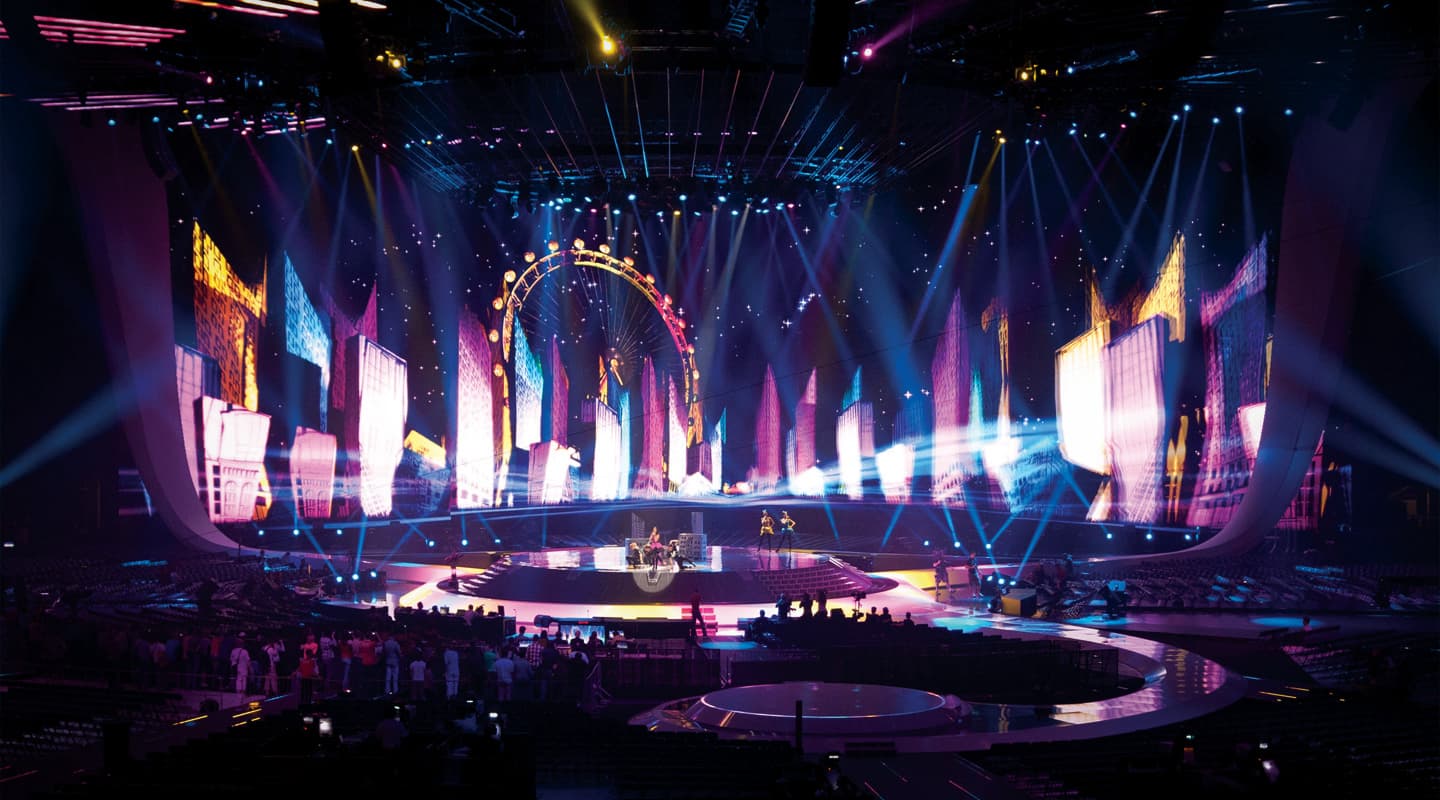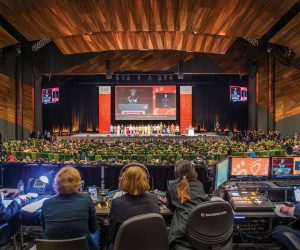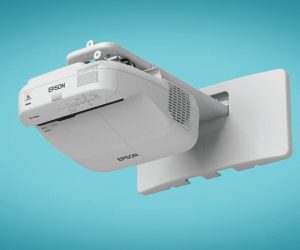
Practicalities of Lighting in TV Production
Actually getting your beautiful pictures up on the TV screen.
Text:/ Paul Collison
Understanding how light works with the camera is critical, but being able to communicate with the others in the production team, and knowing how your role interacts with theirs, is integral to a successful show.
The official disclaimer: Every broadcast is different. The examples contained in this article are highly generalised and simplified. Often the dynamic on a broadcast might differ wildly from these descriptions, depending on the level of production you’re working on, or simply whether the production is based in a studio or is an outside broadcast. There are many stakeholders in the production of a television program. How you interact and what sort of information each person requires is something you need to understand before you can successfully integrate into the team.
THE TECHNICAL DIRECTOR
In the first instance, in the early stages of the setup, you would generally work the closest with the TD (technical director). The TD is responsible for the quality of pictures – it is his/her task to ensure they’re ‘broadcast quality’. This means they meet a range of technical standards for such things as resolution, frequency, noise, brightness, contrast, and colour range that are required for broadcast. The TD is the single most important person to have onside during the making of a television program. At times they’ll have the power to help you make the pictures better and it’s within your power to repay the compliment – at various stages you can scratch each other’s backs.
VISION CONTROL
Working closely with the TD are the CCU (Camera Control Unit) operators or Vision Controllers. Each CCU operator is looking at waveform and picture monitors to examine the quality of the pictures, down to very exacting levels of detail. Generally speaking, a single operator may have around four cameras to control. The CCU operator is responsible for adjusting the exposure of the cameras on the fly to maintain a consistency of image quality within a production. This can be called many things, including shading or simply riding the levels. If your show has dynamic lighting levels, the CCU operators need to work harder to keep a consistent picture.
This is where the communication between the two departments becomes critical. You need the CCU operator to understand the intentions of your lighting. If you’ve set up a dramatic picture with the singer’s face in shadow so that you can fade up their keylight as they begin to sing, it isn’t very helpful if the CCU operator decides to “save the show” by correctly exposing the darkened face, which then burns out completely when you fade up the keylight. You must talk to the CCU operator all the way through the rehearsals and keep reminding them what’s about to happen during the broadcast.
The CCU operator’s responsibilities extend to maintaining correct colour balances and colour matching between cameras. A followspot for example, may have a green spike in its colour spectrum. The CCU operator can easily wind some green out of the picture to compensate for a last minute follow spot pickup. Of course, in an ideal world, one wouldn’t be bouncing between two different-coloured sources. However, there are times, such as when a camera picks up direct lens flare from looking into a backlight, when the CCU operator will need to ‘paint’ on the fly to maintain colour consistency.
The CCU operators also control the Black Levels in the cameras. For example, if a picture contains a lot of dark areas, such as in a shot looking towards the lighting grid, the black levels may be lowered (crushed) to make all the darker areas into a solid mass of black, or lifted to see the details of the lighting rig. Either may be appropriate for a particular shot or sequence. It goes without saying that the CCU operators can be your best friend, and your biggest problem, sometimes all at once.

PROGRAM DIRECTOR
Every show has a Director. The television Program Director is the glue that holds everything together. Generally it is he/she that is in the centre of it all… including the universe if you ask them (oops, that will come back to bite me). The Director is looking at the composition of the pictures, the framing and content, as well as how the whole show is cut together, shot by shot. The Director will be less interested in the green tinge to the picture and more interested in making sure there is a back light, keylight, set dressing or something filling out the background of a shot.
Your discussions with the Director will almost always be about what is in the frame, the angles the cameras are shooting and when a particular shot may be taken. You will be able to help the director by being able to advise him on your abilities to light certain aspects of the show or where he/she might get a great shot. (A quiet word to the camera operators, letting them know where to find those interesting shots you’ve got in mind doesn’t go astray either.) Almost everyone on a production will be listening to the Director on comms during a broadcast, as it’s he/she who ‘calls’ the show. Much like a stage manager in theatre.
DIRECTOR’S ASSISTANT
Never far from a director’s side is the Director’s Assistant (DA). Truth be told, it’s often this person who really holds the broadcast together. They know it all, and have it down in writing. The DA will know exactly how long that musical number runs, how many segments there are in the show or simply where the catering is! The DA will prompt the director as the show progresses, with what cameras the Director has plotted and generally assists the director to do their job. During a musical segment, the DA will be counting down to solos and changes in the song to keep everyone on track. Often at these moments, the DA is a better person to listen to than the Director.
“”
everyone, from the generator operator to the producer’s 10-year old kid, will have an opinion on the staging and lighting of any moment
PRODUCERS
Then there are the Producers. There are Line Producers, Executive Producers, Associate Producers and so many more. Regardless of title, one of the producers will take the hands-on approach to deliver the show. Sometimes there will be particular aspects of the show they are concerned with, however, overall their concern is the bigger picture – the total package of the production. You’ll generally have first contact with the producers and they’ll govern the look of the show. They also hold the budget and do the hiring and firing. You must get along with these people for obvious reasons!
There are no shortages of opinions on the production of a television show. Much like any event really, it’s imperative that you find out early who it is that really is in charge and can say yes or no. As an example, I recall listening to someone (who I thought to be of importance) for 45 minutes before the broadcast of a live show, only to later discover they were a lowly assistant (with a bent sense of creativity) whose opinion held no importance for anyone other than themselves. Suffice it to say, you’ll never get those 45 minutes back. The thing to remember is that everyone, from the generator operator to the producer’s 10-year old kid, will have an opinion on the staging and lighting of any moment. It’s important that you have the voice of the right people in your mind and not that of someone whose input is appreciated, but not necessarily required.
Of course, there are myriad people involved in putting together a television production. Your ability to communicate as a lighting designer/director with the right person at the right time, can often be just as important, if not more so at times, than the quality of work you are delivering. In a corporate event you often only have one boss. In theatre, it is generally the same. However in television there are so many aspects to what you are doing, that just simply making the pictures look great, isn’t always everything.















RESPONSES